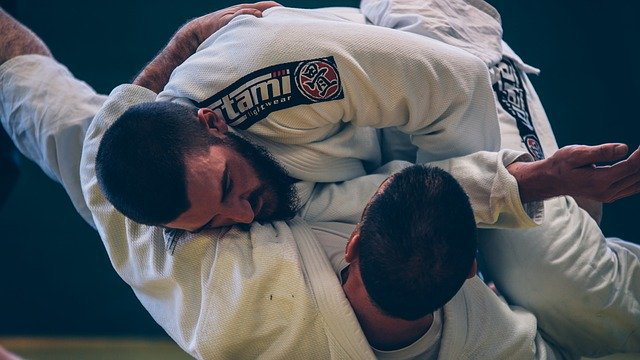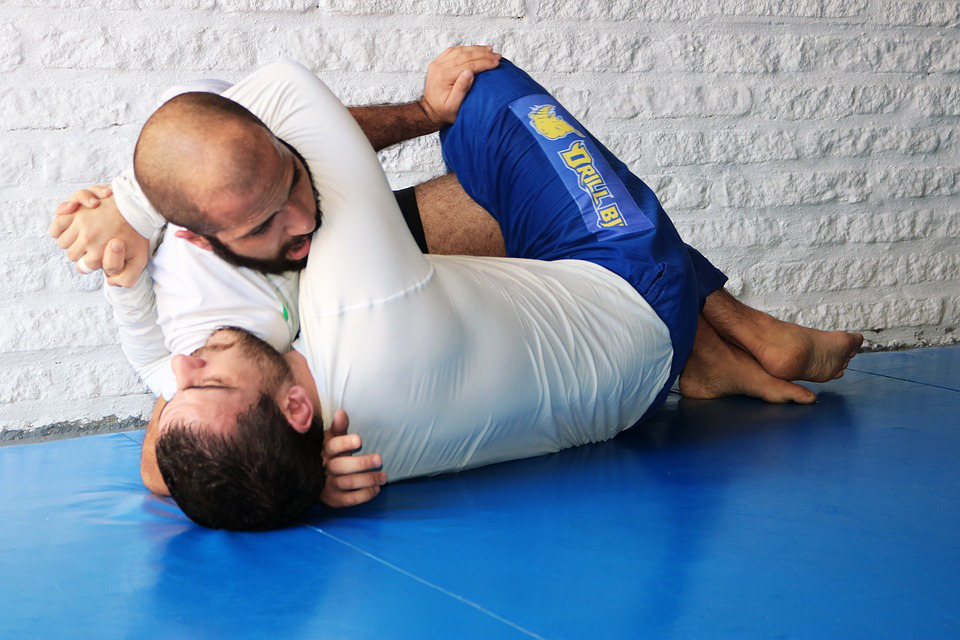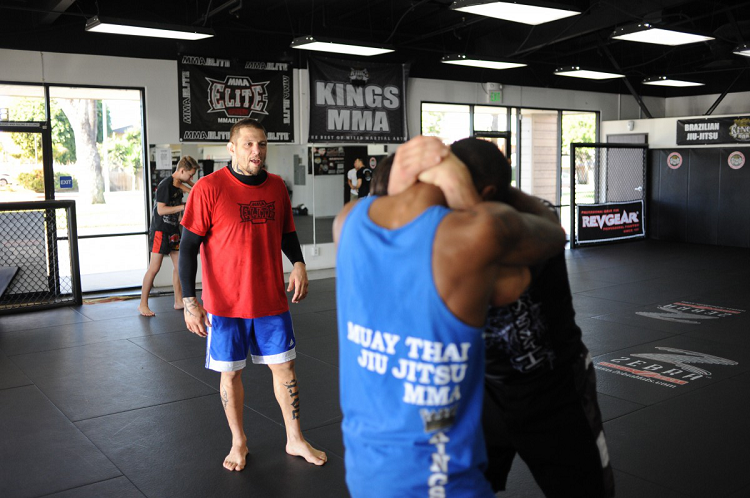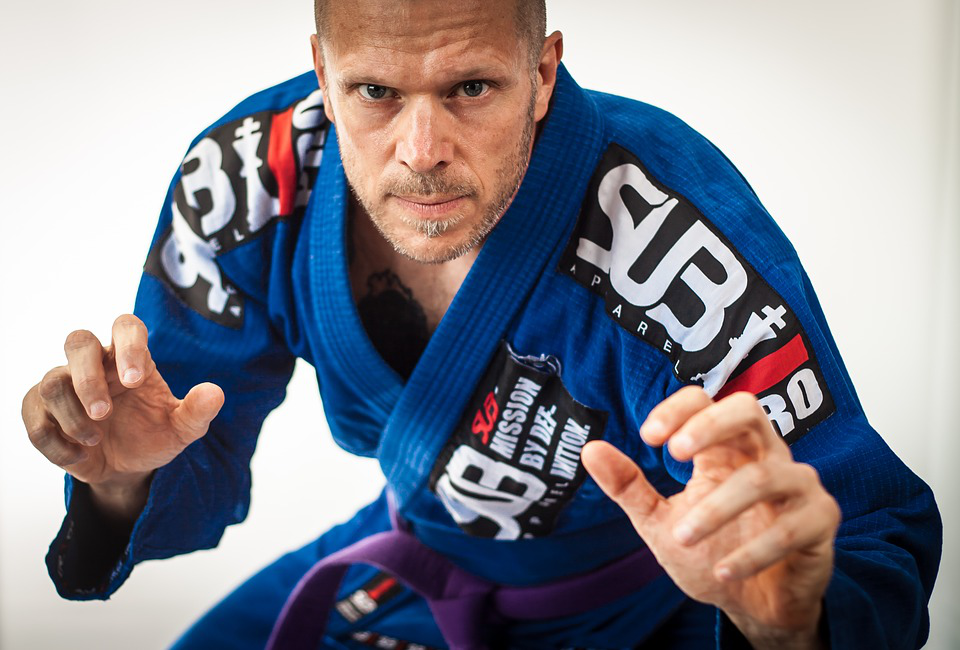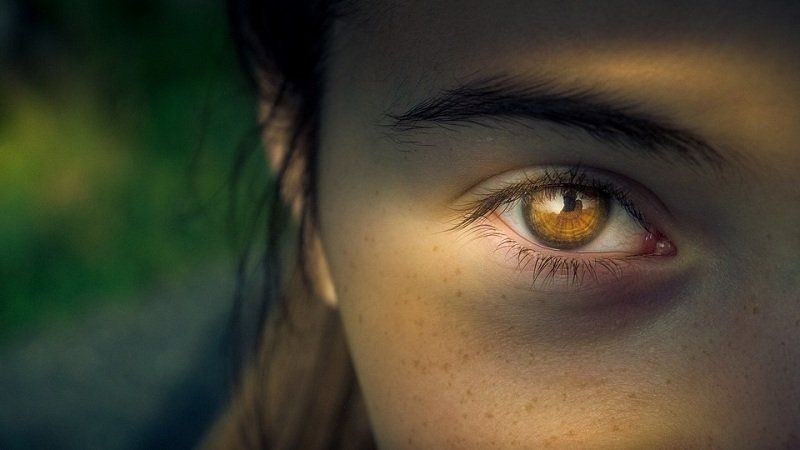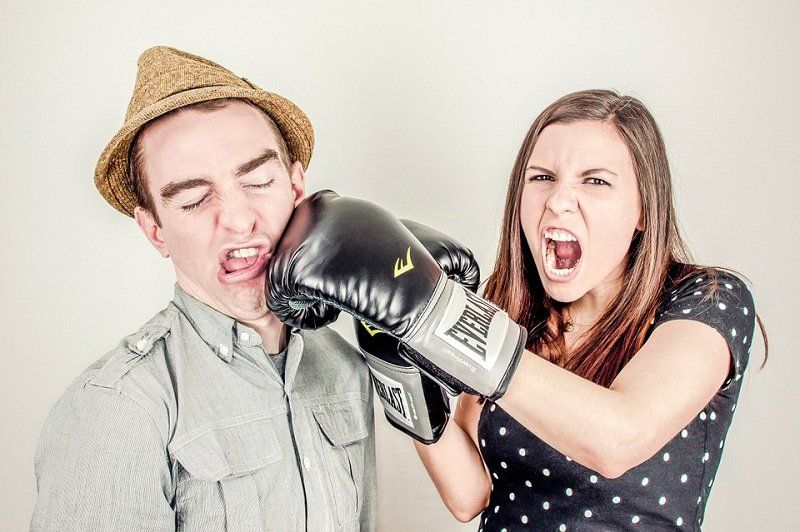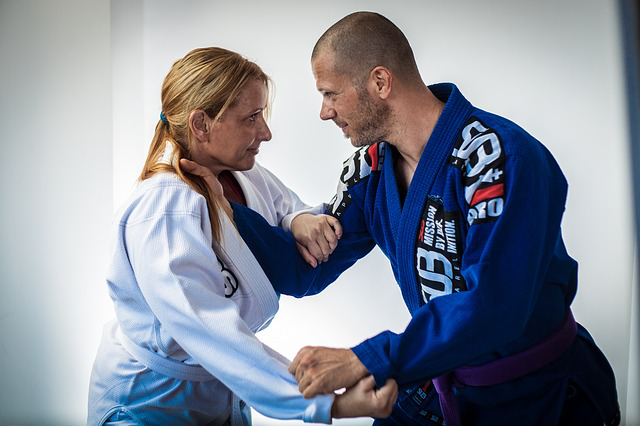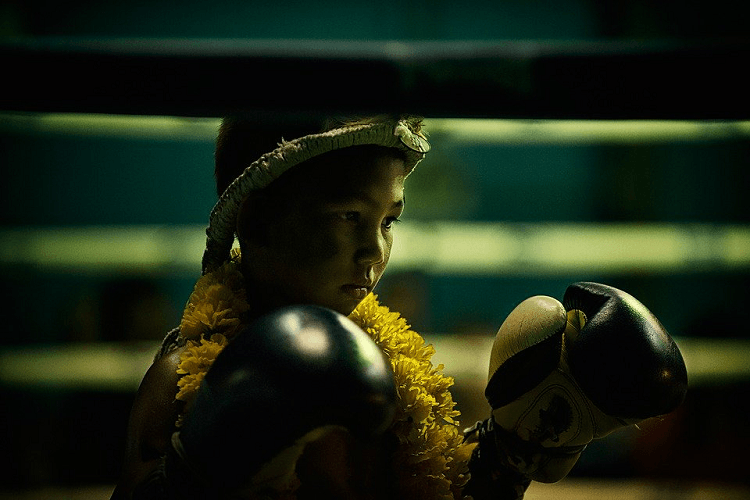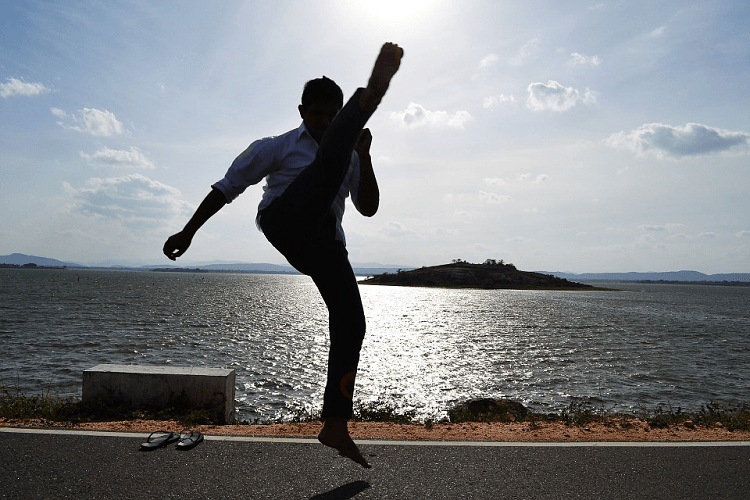DOJO KUN assists by providing a Positive Way...
What is the purpose of educational institutions (schools, clubs, organizations, fraternities, and other affiliations and associations)? One purpose of an established institution is to create unity of ideas, and conformity of learning goals. Another purpose is to formulate parameters for assessing the capabilities of students, in order to maintain a high standards of quality education (for example, a nationally accredited school or university). In addition, most educational institutions also establish rules of acceptable behavior (codes of conduct) required to maintain enrollment at the school or university.
The goals, and outcomes for an educational institution may vary, depending on the avenue of study. Karate (and martial arts in general) is about the cultivation of the human mind and body, with the overall goal to synchronize the development (and unity) of both. This is an extremely complex and dynamic undertaking, particularly when there are few established “universities” or large, formalized systems/styles of martial arts. So, it is often left up to the individual martial arts instructor to establish parameters for the dojo/gym/school that set proper goals for achievement, and student conduct.
For approximately the last 200 years, Traditional Karate Instructors/Masters from the Island of Okinawa have developed rules for training within their various schools, codified in a document known as the Dojo Kun. Sometimes the Kun is a list of simple precepts, and at other times, a patterned code for daily behavior and aspirations. These codes are written with the intention of the Instructor to leave behind a document advising successors about the ethos of the school/practice. They list precepts that summarize the approaches to the martial art(s), and usually consist of a short set of rules for the everyone training at the dojo to attempt to adhere to daily.
In some schools, these Dojo Kun are recited before or after practice as a promise or creed of the school or organization. At SMAA we have the following Dojo Kun hanging in the Tori Gate at the front of the dojo. It has also been emblazoned on our T-Shirts and other formats, but we do not recite it before or after classes. The fact that it is available for reading (and contemplation by the student) is enough, and the student is tasked with understanding and adhering to the Kun. It is up to the leaders of each dojo or organization to demonstrate the ethos of their art(s) over time - lead by example. This is the overall evidence that serves as a testament of the teachings.
Below is the Dojo Kun hanging in the SMAA Dojo - Honbu Dojo of the WKKJO. Let us examine the SMAA Dojo Kun, and what this code means.
Dojo Kun of Seikichi Odo 1926-2002 (RHKKF)
Drill with your heart and body to develop good character
Our first precept illustrates the expectation of repetitive hard work (Drills), with the understanding that repetitive drills can become a meditative practice that frees your mind (tuck those life-problems away for one hour), and allows you to strengthen your body and your character. Hard work and character-building will develop in unison, and if you drill hard with mind and body, your character will improve.
Value justice above all
Justice can have many interpretations, but behind all justice lies the concept of “truth”. By valuing justice, you are also forced to continually seek the truth in all matters (whether it be martial arts-related, or life matters in general). Nobody pulls the proverbial wool over your eyes, and with enough perseverance, you will eventually find the truth - and the justice that lies behind that truth.
Foster the spirits of your effort with continuous practice
This precept ties in with the first precept mentioned above, and highlights that you must “continually” work at your endeavours in order to nurture results for a lifetime - practicing for a short period of time will not sustain your skills for the many years to follow. This precept walks in unity with Gichin Funakoshi’s precept that “Karate is like hot water that will cool if you do not constantly apply heat”.
Respect others, be well mannered, and treat others as you would be treated. This precept is self-explanatory, and is probably very similar to what your mother told you (do unto others as you would have them do unto you, etc.). The concept here is a simple one and challenges you to be respectful to others - carry yourself with dignity, and treat others with respect and kindness (the manner in which you would like to be treated). If you obey this rule, good things will follow you in life (and people will not think you are a jerk).
Do not be overconfident
Confidence is an important part of mental and physical growth in the martial arts. Everyone should be confident in their abilities and should challenge themselves to surmount their next hurdle. But there is a difference between confidence or pride, versus carelessness. Pride is a great virtue, but it can become a heinous flaw when pride turns to blind ego that listens to nobody (and learns nothing). We all tend to have a bit of ego at times, but only by checking yourself and putting a harness on that ego will you be able to continue to grow and learn. We all need this daily reminder, and our final precept does just that.
Conclusions
So how do we incorporate a Dojo Kun into our daily life, and how do we put these precepts to work in order to develop our mind and body in unison?
If you do not belong to an educational institution or martial arts school that has developed a similar list of guidelines, then first consider establishing a rule set of your own to guide your daily life. This doesn’t have to be complicated and it can be distilled down into a few simple rules that establish your daily outlook on life, but make sure the rules are meaningful and stick to them.
Second, you should strive to make incremental adjustments to patterns of behaviour and skill with the aspiration that these modifications lead to a higher understanding of self, personal potential and abilities for you, your students, and for all involved. Making huge strides can become difficult, so focus on the “baby steps” as you build momentum up that hill.
Finally, remember that perseverance, goal setting, healthy competition, continuous self-improvement, collaboration, commitment and achievement are just some of the major skills and characteristics attributed to Traditional Karate and other martial arts. Learning the martial arts (or developing a better “you”) takes time and continual effort - continue to apply the heat, and good things will come about.
